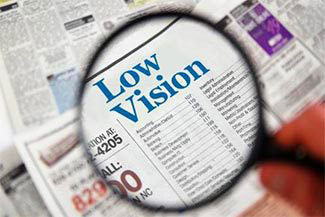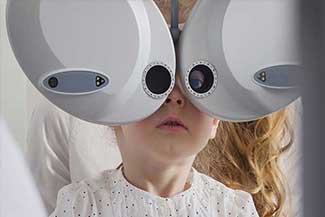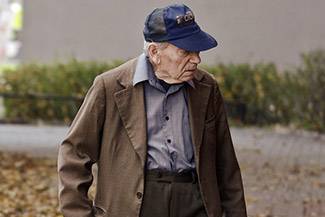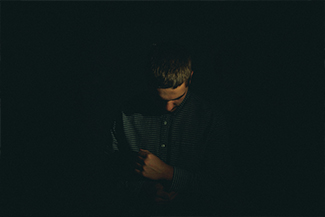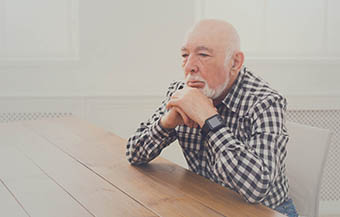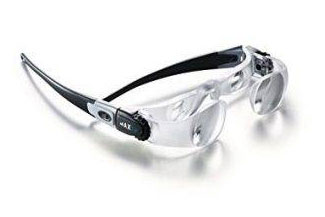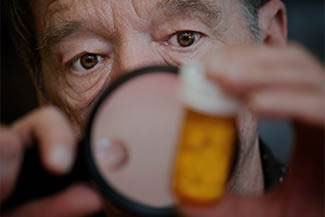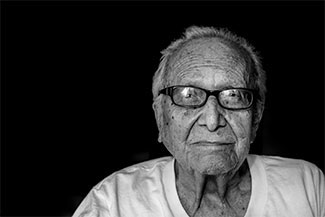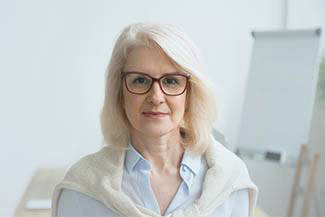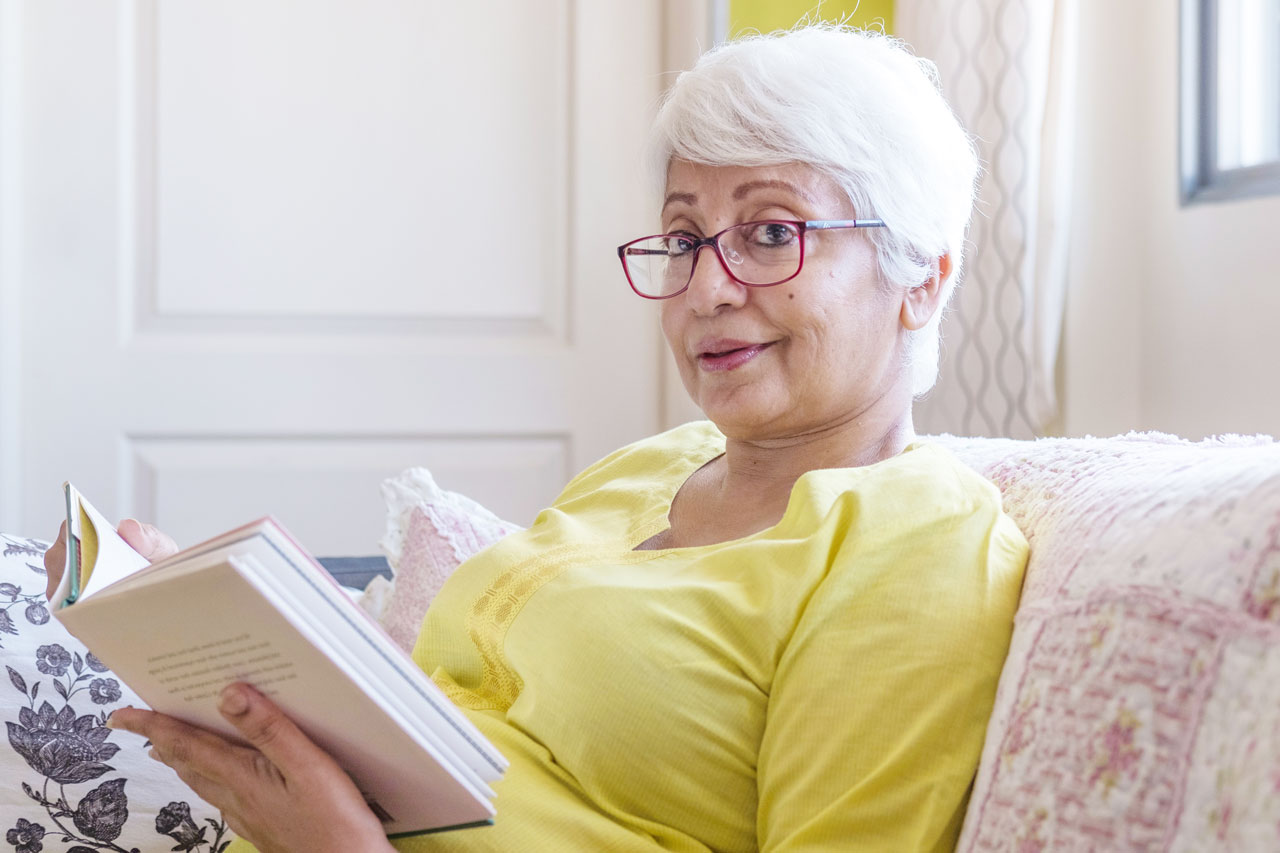LOW VISION SERVICES
IN LOUISIANA
Our Eye Doctors at Wendy Waguespack, OD will meet with you to evaluate your vision and lifestyle needs thoroughly. After a comprehensive eye exam, we’ll work together with you in our Dr. Wendy Waguespack and Associates, to figure out the best strategies and low vision equipment for your personal requirements. We’ll introduce you to a whole range of practical low vision devices that will help restore your ability to see and do the things you love.
Your Louisiana Low Vision Doctor – Dr. Wendy A. Waguespack

Experiencing any of these Low Vision symptoms?
Sensitivity to light | Loss of peripheral vision | Unusual spots or floaters | Blurred vision
Night blindness or a need for more light than before | Difficulty reading
Rehab after vision loss | Macular degeneration | Glaucoma
We can help! Read below to see how.
What is Low Vision?
Low vision is where you have done traditional corrective vision methods such as glasses, contacts, medication or Lasik and are still unable to perform the daily tasks that you desire. You have difficulty with driving, watching TV, writing, recognizing faces or reading the paper. Through our various techniques, medications, aids, and adjustments to daily life, you can return to many of your daily activities.
BOOK YOUR LOW VISION EXAM ONLINE
OR CALL OUR Baton Rouge OFFICE TODAY
Glasses for AMD and those with Low Vision

- First self contained Augmented Reality Visual Aid with over 40 degree field of view
- Vision controls fully integrated on glasses
- First hands free user interface with autozoom

- Completely self-contained with no wires or tethering needed
- Offers hot swappable batteries for extended run time
- Highest resolution camera and displays for the best image quality
- Lighter and more comfortable than the EYE2 for extended wearability!
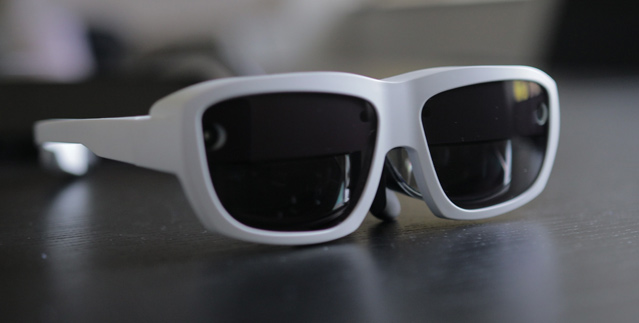
- Ultralightweight (3 oz) for complete comfort and cosmetic appearance
- Tethered to a cell phone to allow for all-in-one battery charging in the phone
- All-in-one handheld magnifier for a wider variety of use cases
- Lighter and more comfortable, worn just like any other pair of eye glasses

There is always a level of shock when you learn that your vision cannot be corrected. Robbed of your ability to perform daily tasks, you feel hopeless, having trouble with balance and depressed. If that is is the case, we encourage you to seek treatment and counseling. There are ways to cope with these issues. Through the many options of vision aids and rehabilitation, you can return doing many daily functions you did before.
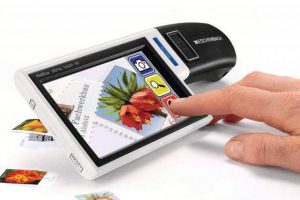
Low vision does not mean you need to give up on daily activities. Through aids such as magnifiers and telescopes you can still maximize your remaining eyesight. There are also various devices that allow you to listen to audiobooks or have your smartphone speak to you. Techniques involve increasing light, reducing glare, and allowing more contrast. See out page on low vision aids for more details.
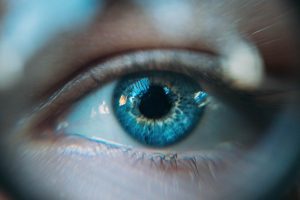
Retinitis Pigmentosa, also known as RP, is an inherited, genetic, eye disease, that causes retinal degeneration. This disease affects one in every four thousand people. RP causes the retina, which is the light-sensing cells in the back of the eye, to deteriorate. The result of this degeneration is the loss of peripheral vision, loss of central vision, night blindness, and sometimes blindness.
Bioptics/Telescopic Lenses
CentraSight/Implantable Miniature Telescope
Driving With Low Vision
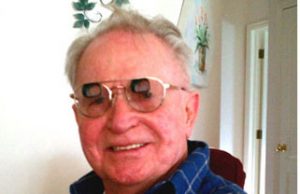 Special binocular type instruments can be placed on the glasses to help make out small objects such as street signs, traffic lights, and facial expressions. By placing binoculars on the lenses, it allows these objects to appear closer and become more visible. There are a lot of options on the market, ranging from the E-Scoop glasses to bioptic telescopes. Contact us today to find the best lenses for your needs.
Special binocular type instruments can be placed on the glasses to help make out small objects such as street signs, traffic lights, and facial expressions. By placing binoculars on the lenses, it allows these objects to appear closer and become more visible. There are a lot of options on the market, ranging from the E-Scoop glasses to bioptic telescopes. Contact us today to find the best lenses for your needs.
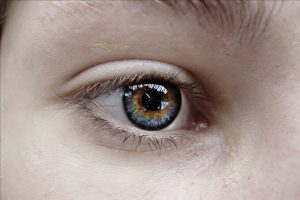 CentraSight, a tiny device implanted onto one eye to help those with central vision loss from end-stage AMD. The telescope will project images around you onto the healthy, non-degenerated portion of your eye. The other eye will then help with peripheral vision. This telescopic device is only available to those who haven’t had cataract surgery and are of a certain age. Give us a call to discuss if you meet the other various requirements for implementation of this exciting opportunity.
CentraSight, a tiny device implanted onto one eye to help those with central vision loss from end-stage AMD. The telescope will project images around you onto the healthy, non-degenerated portion of your eye. The other eye will then help with peripheral vision. This telescopic device is only available to those who haven’t had cataract surgery and are of a certain age. Give us a call to discuss if you meet the other various requirements for implementation of this exciting opportunity.

The inability to drive can be a major issue of Low Vision. Not being able to make out street signs and traffic lights puts the driver at risk. Bioptics and telescopic glasses can be used to magnify these objects, returning your ability to drive so you can see the grandkids, run your errands, and feel independent again. In New York, the law is that those with up to 20/100 vision can drive with glasses or contacts. With telescopic lenses, we can help you see at 20/40 vision, allowing you to drive again!
Age Related Macular Degeneration
Diabetic Retinopathy
Juvenile Macular Degeneration

The leading cause of vision loss for Americans over the age of 50. You will experience difficulty seeing out of the center of your eye. Broken down into wet and dry AMD, items will be blurry or you will have difficulty seeing in a dim light. Treatments to slow down the progression and improve your lifestyle include specialty lenses, aids, injections, laser therapy, and an implantable miniature telescope from CentraSight.

Those suffering from Diabetes can lead to blindness with extremely low vision issues. Many of the effects are not felt until it is too late. This means it is important to have a regular eye exam to detect any issues. Symptoms may include eye floaters, blurred vision, dark spots, flashing lights, and halos by lights. Treatments, depending on the stage of development, ranging from low vision aids, drugs, laser correction, and surgery.

Though there is no cure, vision aids and other treatment can help the patient maintain an active lifestyle. Whereas AMD is a condition that develops with age, JMD is a result of genetics that affects children and young adults. This too affects central vision and can be broken down into three categories: Stargardts, Best Disease, and Juvenile Retinoschisis. See our full page to find out more details
Glaucoma
Cataracts
Stroke Victims

The “sneak thief of sight”, this lifelong condition has no early symptoms of pain. That is why it is extremely important to have a regular eye exam to detect any warning signs. Various treatments such as drugs or surgery can be done to prevent further vision loss.

This is the most common cause of vision loss in people over 40 and affecting over half of those over 80. Your vision will become cloudy, blurred or dim. Special lenses or aids can help with the loss and ultimately, surgery can be a strong option should vision loss worsen. Contact your Eye Doctor today for treatment.

The way that we properly see is that our eyes process what is in front of them. Through nerves, it sends that information to the back of the brain which processes it and sends it back to the eyes. This is what vision is. Thus, in order to see well, you need a brain that functions well. Find out more about how we can help.
BOOK YOUR LOW VISION EXAM ONLINE
OR CALL OUR Baton Rouge OFFICE TODAY

